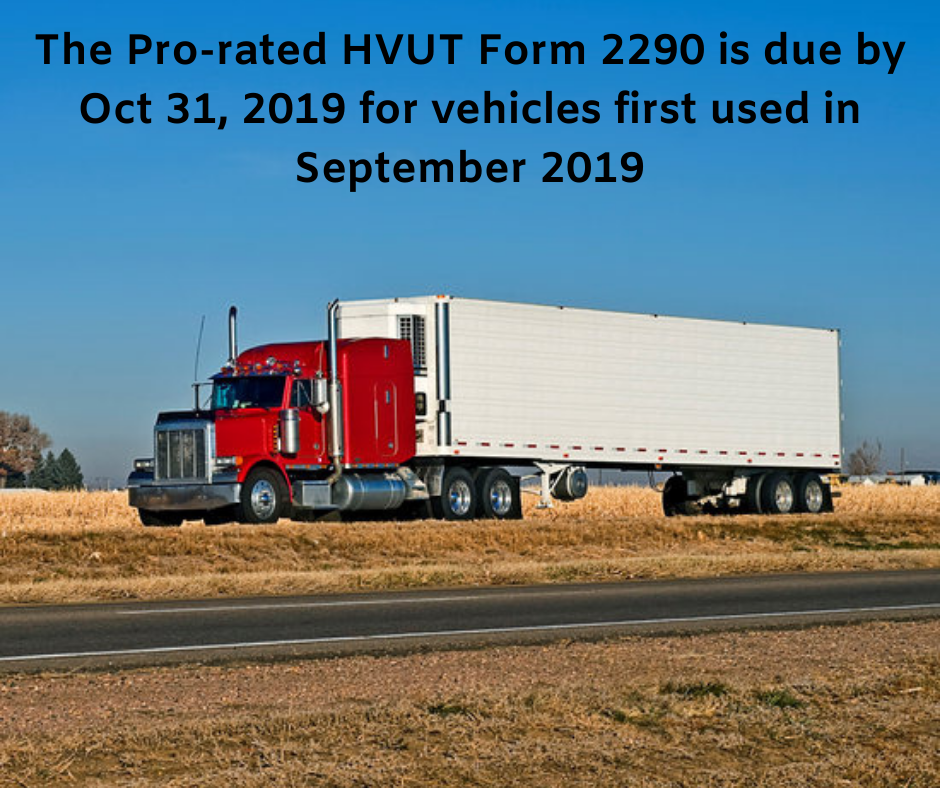
Hey truckers it’s once again time for a few pointers and transfer of knowledge about your HVUT Form 2290 filings. The filing season was a hectic one wasn’t it? Since you are done with filing the returns hope you checked your schedule-1 copies for any mistakes. Any mismatch in the information would end up as a void filing. The recent questions which we faced was about “2290 AMENDMENTS”. In this blog we are going to see when to file an amendment and how to and when not to.
An Amendment is bringing about a change or correction to an existing return. People often confuse between VIN correction and an amendment. The VIN correction needs to be done on a separate filing and this doesn’t relate to anything with the Amendments.
Amendments are basically for reporting two things
- When there is an Increase in gross weight (truck, trailer and max load capacity)
- When the suspended vehicle exceeds mileage limit (over 5000 miles)
Increase in gross weight: Normally for a vehicle to qualify and to be reported under taxable vehicle criteria the total gross weight of your vehicle should be more than 55,000 lbs. The gross weight includes the weight of the truck, trailer and the maximum load it can haul. Let’s assume If you would have reported the vehicle originally under 55,000 lbs but the vehicle gross weight is actually over 75,000 lbs or if you plan on increasing your vehicles hauling capacity that’s when you do an amendment for the increase in taxable gross weight.
Suspended vehicle exceeds mileage limit: any vehicle which is operated less than 5000 miles (7500 for agricultural) the vehicle would be reported under suspended or exempt from tax category. If you would have filed the returns as a Suspended vehicle and if the miles put on the truck is exceeding 5000 miles that’s when you do an exceed in mileage amendment.
How to file an amendment?
Just start a new return, on the first page you have to select your business name, then select “2290 Amendments” followed by the tax year and first used month
Over the next page you would have two options “Increase in taxable gross weight” and “Suspended vehicle exceeds mileage limit”. Select the appropriate section and select the month to amend.
Over the next page select “create a new amendment” if the original filing was done through a different provider or select “Amend previously filed return” if the original filing was dine through Truckdues.
Over the next page select “Add vehicle “to enter the VIN number, previously reported data and new info into it and proceed further to pay the service fee and submit the form for amendment.









